Microsoft Overtakes Salesforce.com They’ve led for decades. But things are now fading for Salesforce.com. In the recent Forrester Wave report Microsoft is ahead in Salesforce.com’s traditional stronghold: sales software[1]. This is a big coup for Microsoft who have...
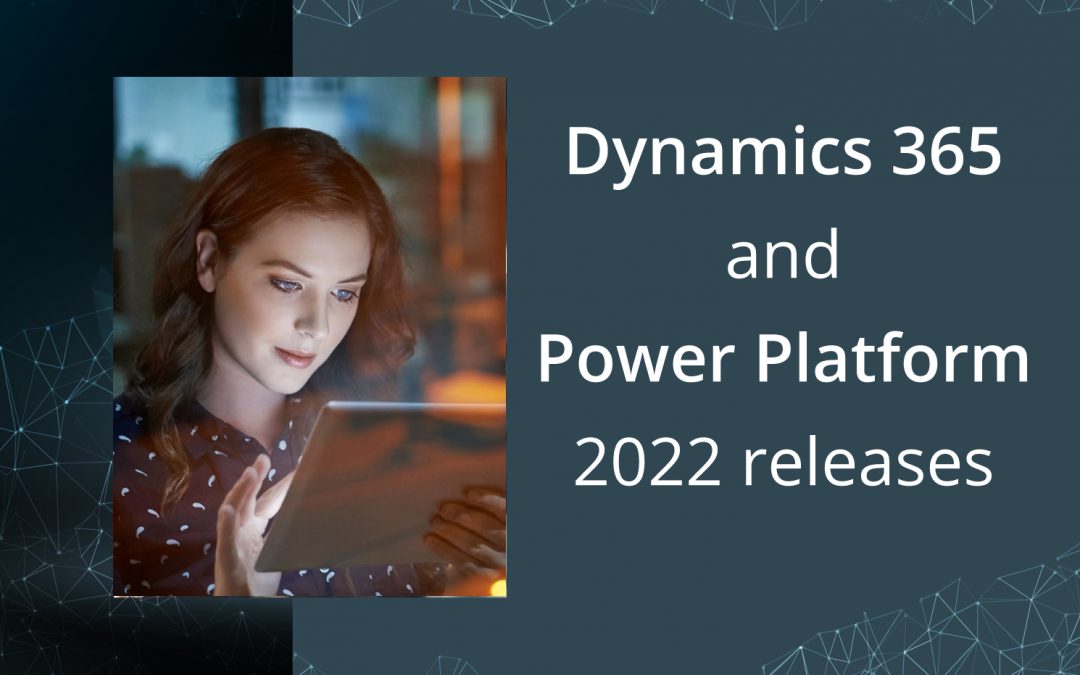
Dynamics 365 and Power Platform 2022 releases
Dynamics 365 and Power Platform
2022 releases
Businesses constantly face new challenges and the pace keeps increasing. As priorities change and new opportunities emerge, the future of every business depends on how well it can empower its teams to adapt and innovate.
Microsoft recently held its Business Applications Launch Event where it published its release plans for the next cloud update wave across the Power Platform and Dynamics 365. It released hundreds of new features, enhancements, and innovations that will help businesses become more agile and customer-centric.
The CRM Team managing director Wynand Roos warns that competitors are transforming their business models and customer expectations are evolving.
“Businesses need to embrace change and be ready for disruption.”
The 2022 release wave 1 for Dynamics 365 and industry clouds brings new innovations that provide businesses with significant capabilities to transform. The release contains hundreds of new features across Dynamics 365 applications, including Marketing, Sales, Customer Service, Field Service, Finance, Supply Chain Management and Supply Chain Insights.
It also includes Human Resources, Commerce, Fraud Protection, Business Central, Connected Spaces, Guides, Remote Assist, Customer Insights, Customer Voice, and Microsoft Cloud for Healthcare, Financial Services, Sustainability, and Non-profit.
Roos points to some of the exciting releases.
“Dynamics 365 Commerce continues to invest in key B2B commerce scenarios, including sales agreements, on-behalf-of ordering, and partner-specific product catalogues and pricing. This release also introduces customer segmentation and targeting with Dynamics 365 Customer Insights, and out-of-the-box A/B experimentation and analytics tools. The new Store Commerce app streamlines point of sale deployment and servicing while improving performance,” he explains.
More importantly, he says new workflows in headquarters, bulk image upload, and manifest-driven upload simplify the management of media assets across channels.
“Customer service functionality is easily enabled on customers’ e-commerce sites with Power Virtual Agents and Omnichannel for Customer Service.”
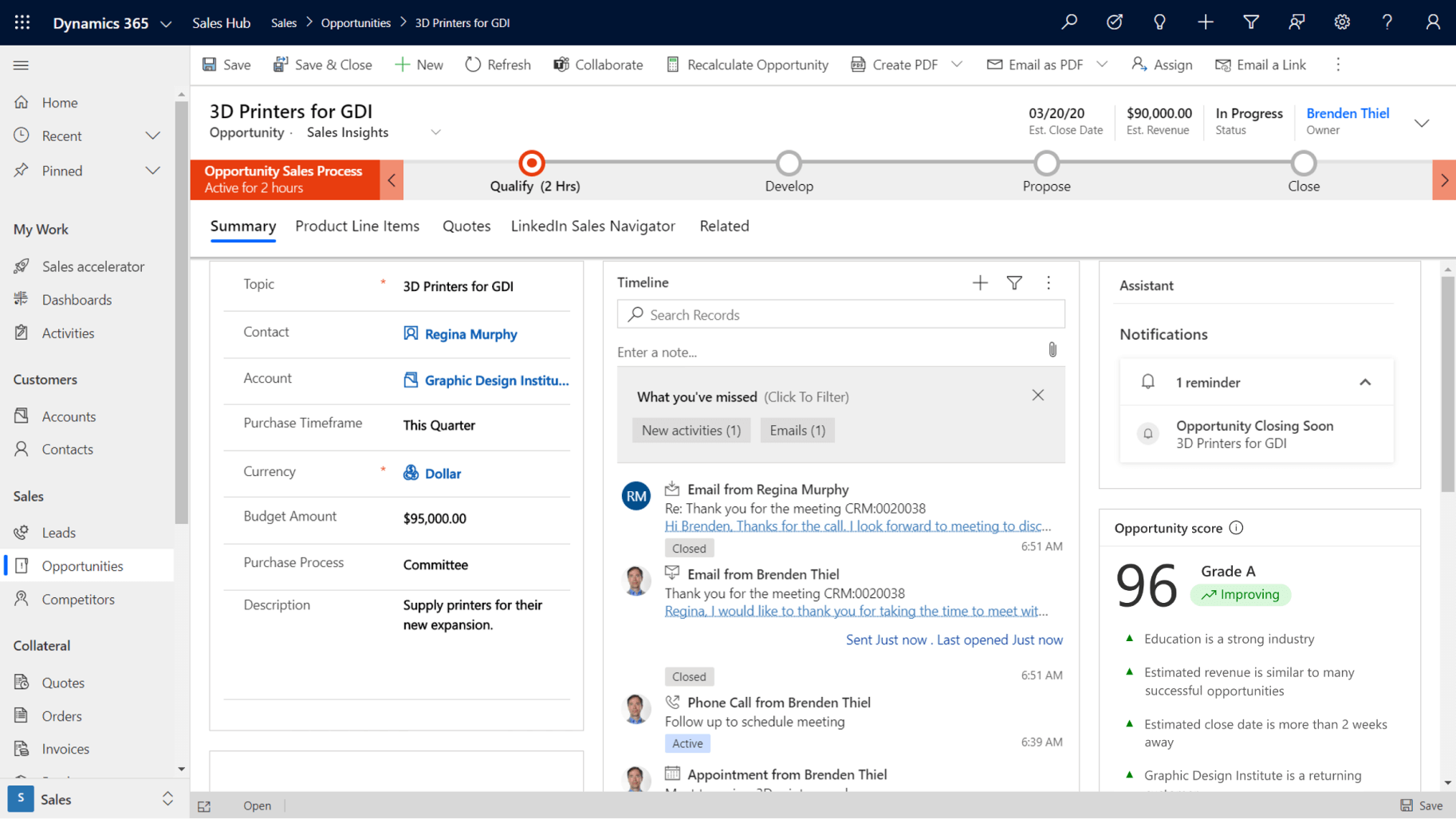
Dynamics 365 Sales focuses on enabling sales professionals to harness the power of data and intelligence which will help them to forecast, compare annual projections, and measure performance using predictive scoring.
“Sellers can collaborate using Teams from within Dynamics 365 to accelerate their pipeline, while managers can track team performance and provide coaching to increase customer satisfaction. Our goal is to help the seller close more deals, faster, while being as productive as possible,” he adds.
Dynamics 365 Marketing is empowering Marketers to leverage the power of data and AI in order to improve marketing content creation and delivery. Make every interaction count, by responding at the right moment with new event triggers based on data changes in any Dynamics 365 app.
Marketers can now take action from journeys in more ways, using no-code conditional text to easily personalise content and taking immediate action on SMS replies through personalised experience based on responses using custom keywords.
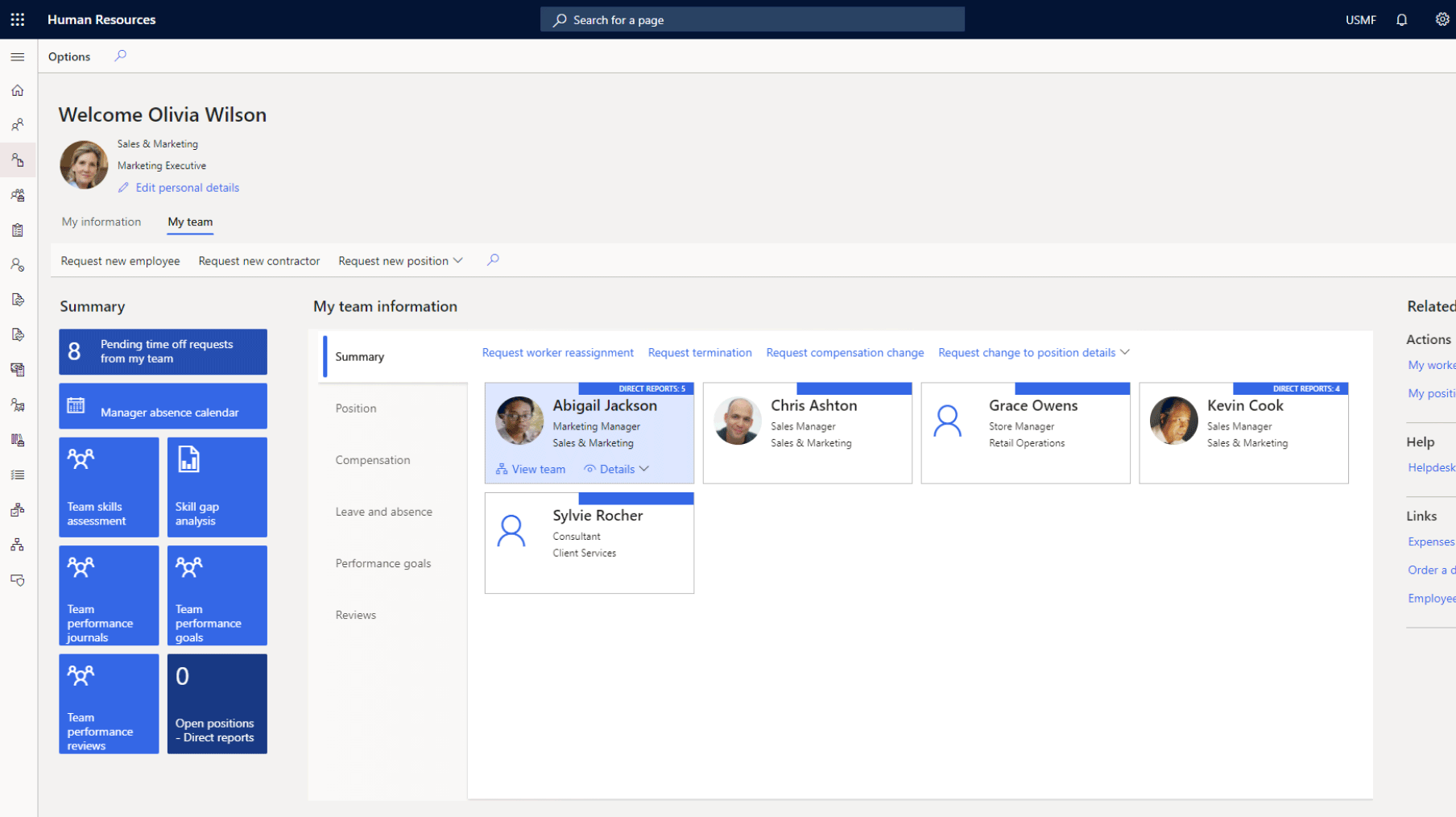
Dynamics 365 Human Resources will equip HR professionals with the ability to tailor experiences and automatically complete processes when employees are joining, leaving, and moving within an organisation. Intelligent talent management capabilities enable companies to understand the skill set gaps to ensure the right people are in the jobs and to plan for future investments.
On the security front, Dynamics 365 Fraud Protection is delivering new capabilities that allow operators of payment service providers to offer fraud protection as a service to their businesses, including those that have a multi-hierarchy business structure.

Industry solutions like Microsoft Cloud for Healthcare continues to commit to healthcare providers in enhancing patient engagement, improving data-related functionality, and further automating deployment experiences while expanding the global availability of our Microsoft Cloud for Healthcare solutions.

Microsoft Cloud for Financial Services provides capabilities to help manage data to deliver differentiated experiences, empower employees, and help combat financial crime while facilitating security, compliance, and interoperability of financial data.
“This helps in enhanced collaboration, automation, and insights to streamline processes, personalises every customer interaction, improves customer experience, and delivers rich data insights,” says Roos.
Microsoft Cloud for Non-profit is updated to reflect our commitment to delivering a great onboarding experience to new and returning Cloud for Non-profit partner and non-profit customers.
Finally, Microsoft Cloud for Sustainability has launched an extensible SaaS solution that provides comprehensive, integrated, and automated sustainability management for organisations. It automates manual processes, enabling businesses to more efficiently record, report, and reduce their emissions on a path to net zero.
The Dynamics 365 and industry clouds release plan for the 2022 release wave 1 is available here.
Transform your business
Don’t miss more articles by The CRM Team
Microsoft Overtakes Salesforce.com – Forrester
Run a field service business? Here’s why efficiency is everything
Run a field service business? Here’s why efficiency is everything Read the statistics – they paint an interesting picture. Consider this: 91% of customers stay loyal to brands that offer low-effort interactions Only 4% of service organisations can solve an inquiry...
Privacy and Protection: GDPR – what you need to know
Privacy and Protection – What you need to know about the GDPR Does your company deal with data from individuals or companies in the European Union (EU)? If so, read on. Data is everywhere – and at the heart of almost every business. Yet recent data breaches have meant...
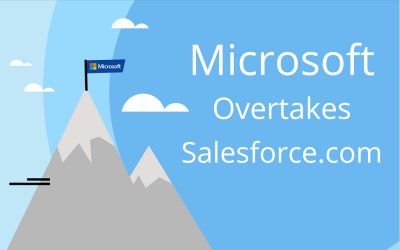
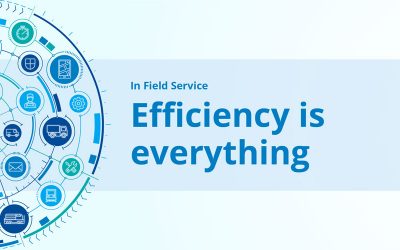

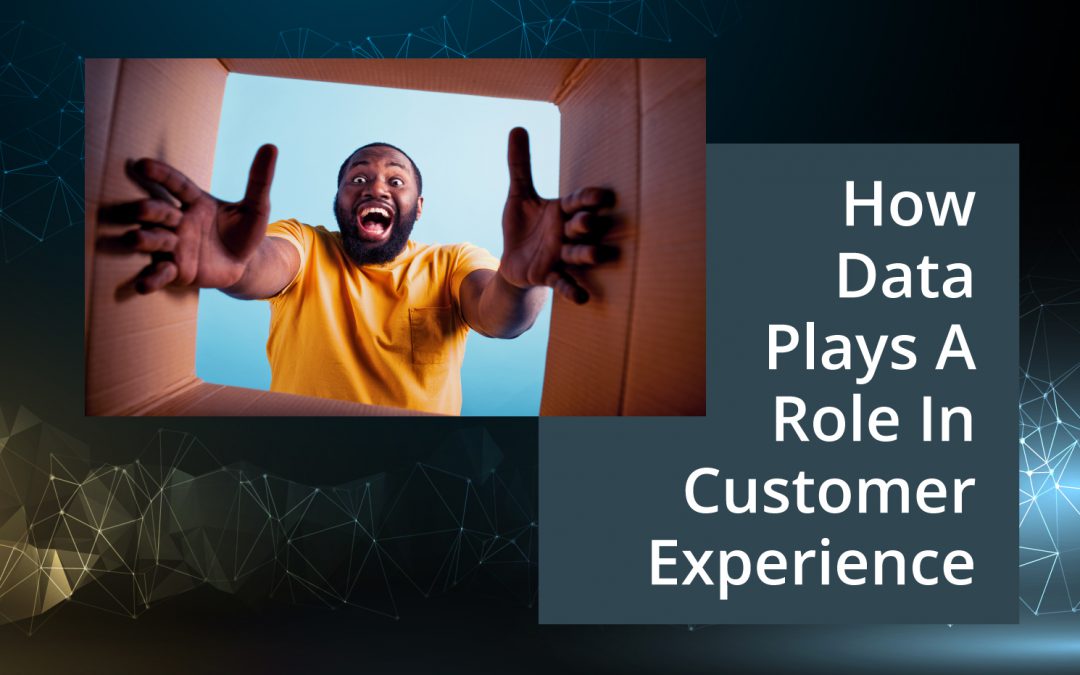




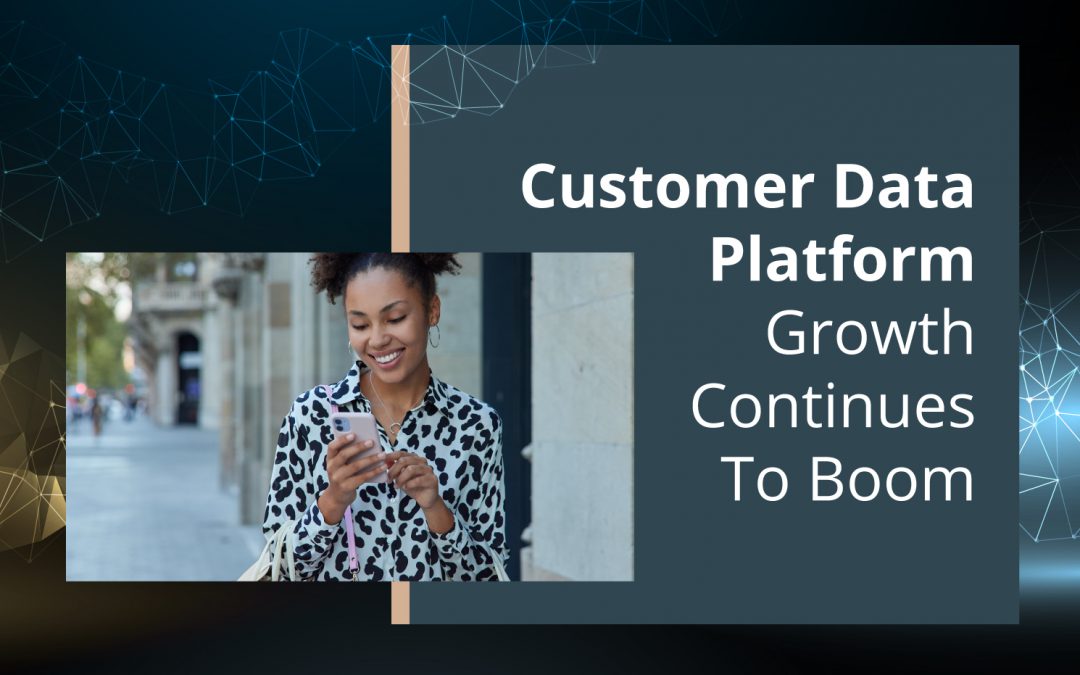
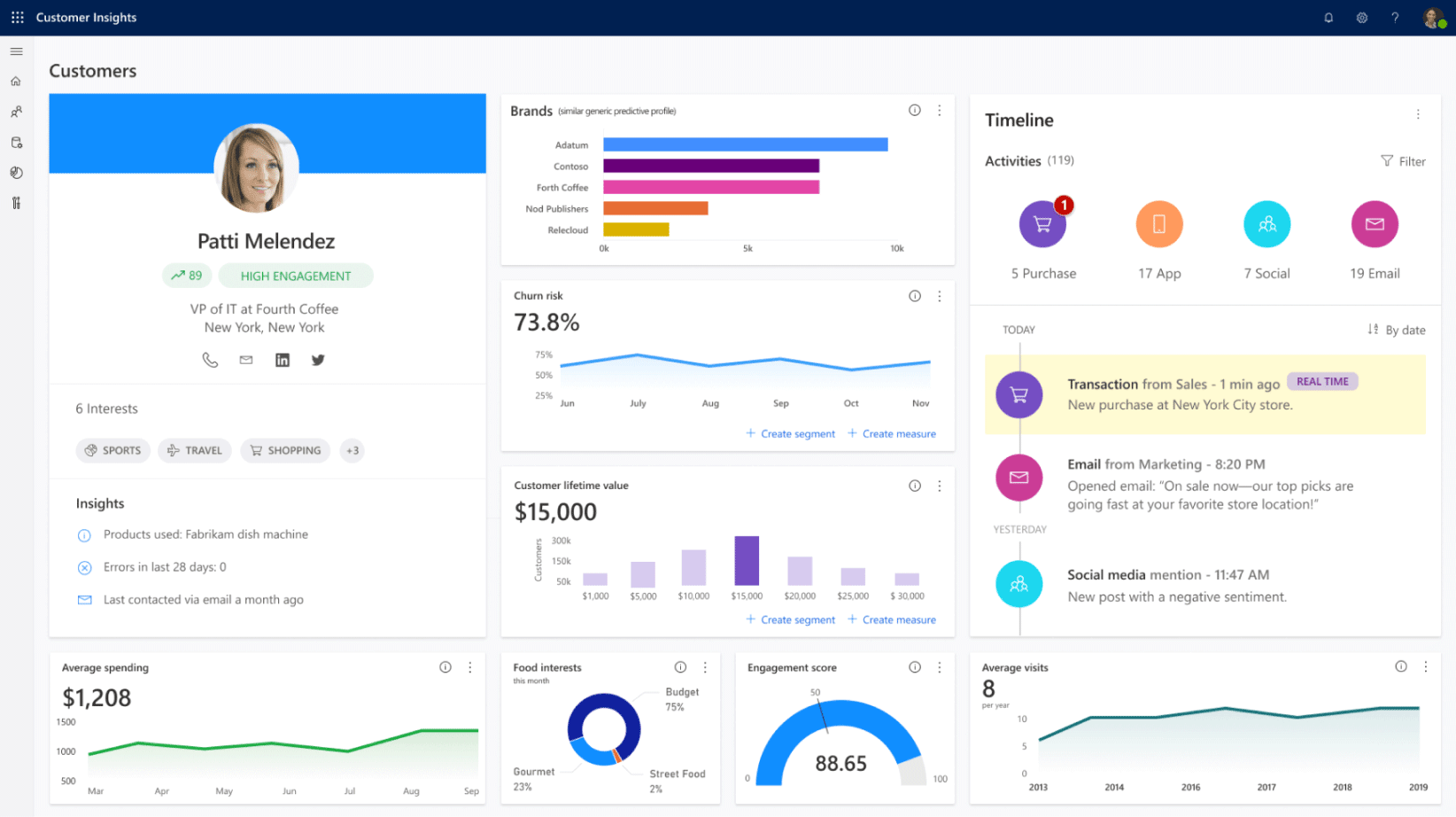

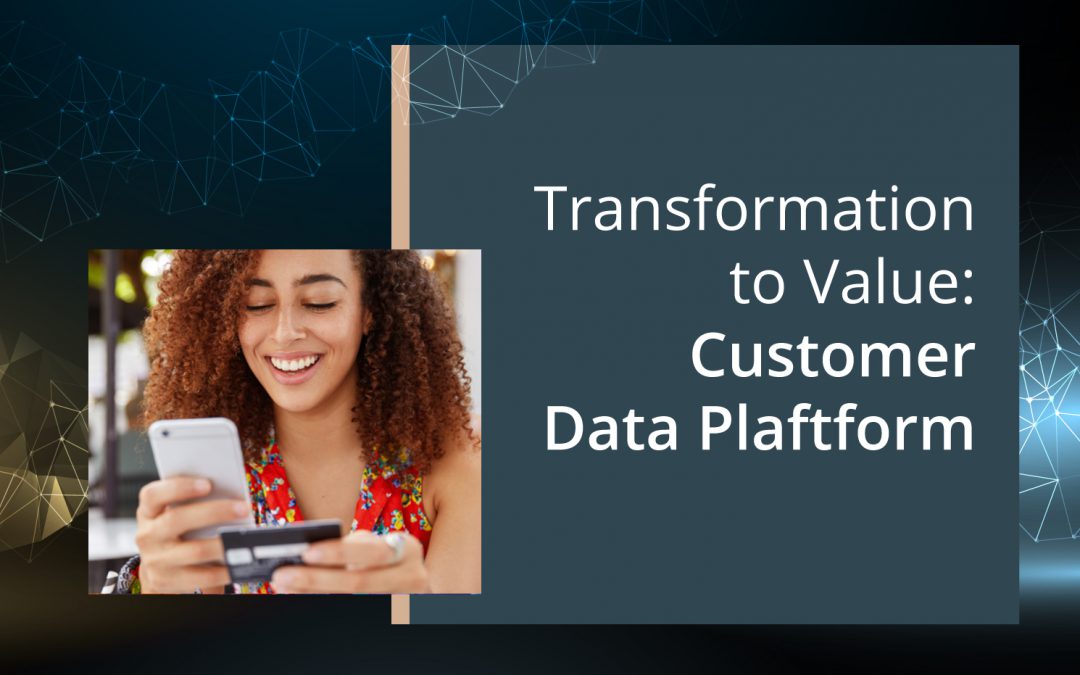
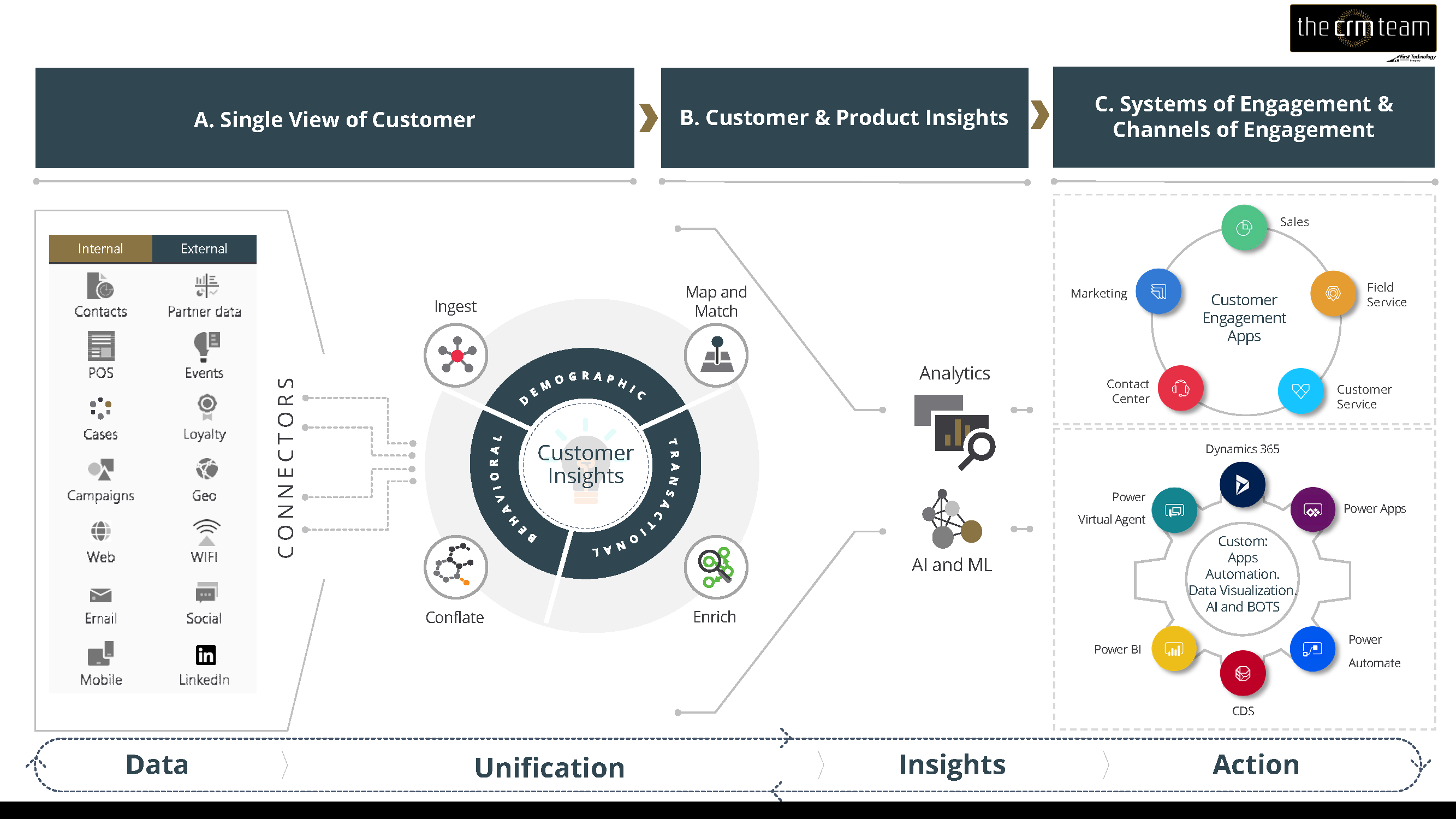

Recent Comments